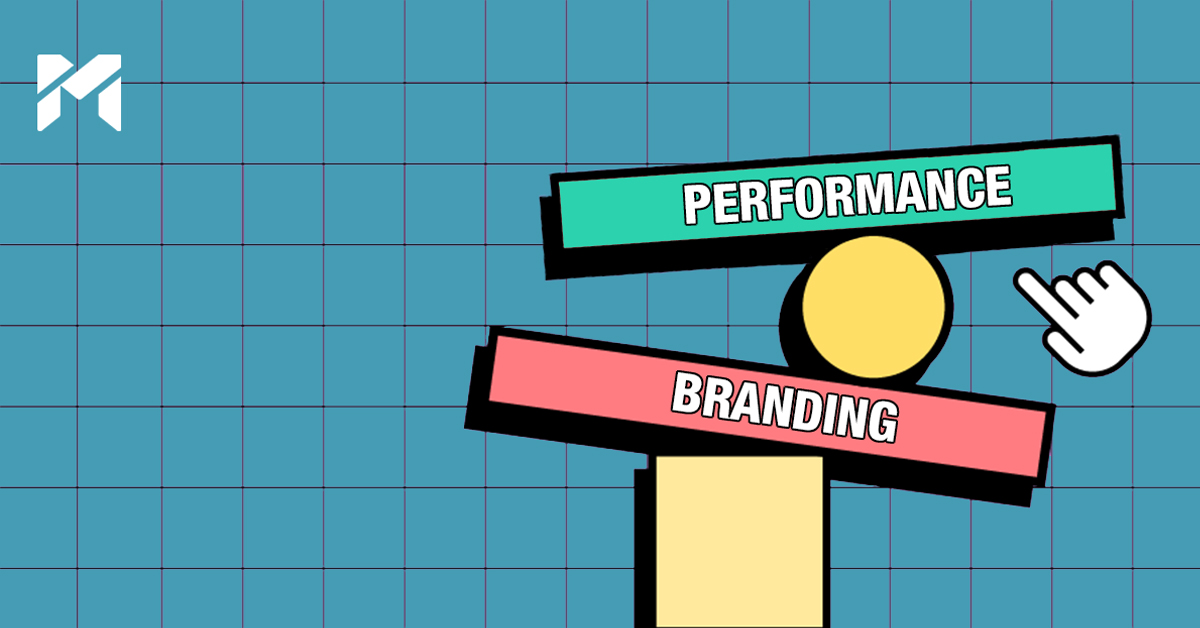We are too often still asking the wrong question in marketing: “What stage of the customer journey is most important?”
Instinctively, “conversion” may appear to be the right answer, but in retrospect, customers only convert because they had impressionable experiences during awareness and consideration. No one buys from a brand they’ve never heard of. Every stage is equally important.
Yet many marketers, in an attempt to drive more conversions, overspend in performance media (aka the bottom of the funnel), only to fall short of their goals because they neglect an investment in other stages of the customer journey.
On the contrary, a marketing budget balanced between brand-building (audience acquisition) and performance media (audience conversion) effectively lowers cost-per-acquisition and creates a repeating cycle for advancing customers from awareness to conversion -- a true do-more-with-less strategy.
The stage for performance cannot be set without branding. In other words, if performance marketing captures the demand of today, then brand building creates the demand of tomorrow. They are not opposing ends of the spectrum, but have a synergistic purpose to cyclically elevate and secure consumer demand.
Their differences, however, are often manifested in key performance indicators (KPIs). When it comes to performance media such as paid search, KPIs are usually straightforward: to generate more sales or leads. Performance media is especially effective at retargeting customers, making it a viable tool for securing consumer demand. However, it can easily burn through ad spend when used as the primary medium for driving awareness for the masses.
Allotting additional weight to brand building KPIs is the conscious shift that businesses must make to understand where budgeting priorities lie. In doing so, multiple budgets will be viewed as complementary, not competitive.
For example, when a large university introduced programmatic display in a seasonal fall campaign, it substantially enlarged awareness its offerings, which trickled down to a 63% increase in applications period-over-period. Additionally, the university saw a rapid substantial decrease in cost for each applicant, as most conversions were driven by branded keywords at an average cost per click of $2.32.
In another instance, an ecommerce B2B company introduced programmatic display into its marketing mix and found that the return-on-ad-spend for paid search spiked up to 5.2, a 37% increase in performance period-over-period. Clearly, brand building and performance marketing can work in tandem to elevate and secure consumer demand respectively.
The key is full-funnel marketing, the strategy that places brand building and performance media in equilibrium. With full-funnel marketing, the length of the customer journey is understood, and media spending, messaging, and call-to-actions are all diversified and placed appropriate to consumer intent.
By employing relatively less expensive brand-building placements, businesses can effectively remove costs from the ecosystem while simultaneously creating more awareness of target audiences. Performance media can then be purposed for securing ready-to-convert customers instead of shouldering the weight of the entire customer journey.
When it comes to the customer journey, it’s not always about where it ends -- but how it begins.
